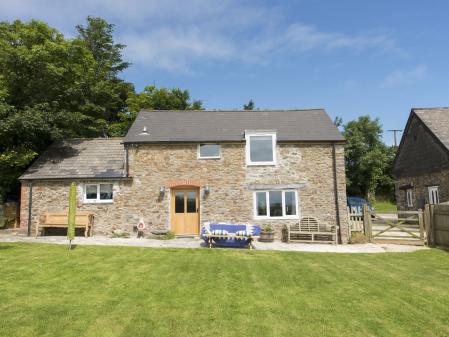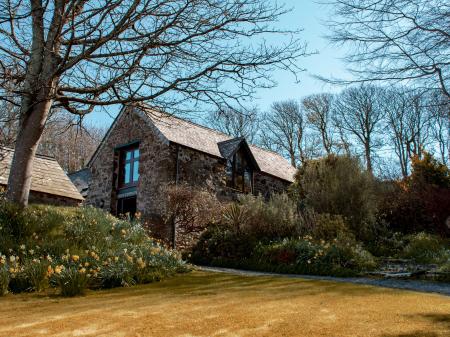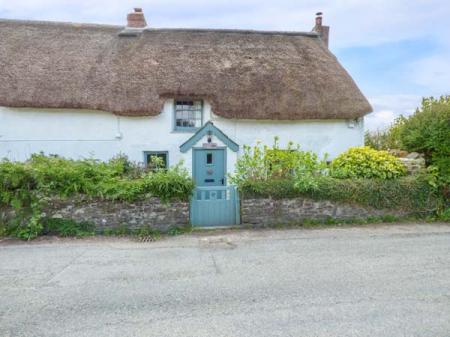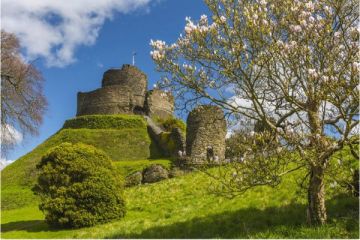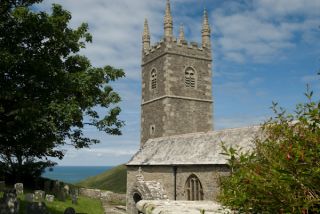
Hawker's church is superb, with Norman carvings and pillars. Paths lead along the clifftops in both directions, offering superb views. If you follow the path south along the edge of the cliffs you will find Hawker's writing hut, the smallest property in Britain cared for by the National Trust.
It's a remarkable place, with a half-door allowing views out over the sea below. Hawker not only wrote here but entertained guests including Charles Kingsley and Alfred, Lord Tennyson.
Aside from writing poetry, Reverend Hawker also helped revive the custom of harvest festivals, which had been suppressed or simply fallen out of favour by previous generations.
Morwenstow is the most northerly parish in the county of Cornwall - and blessed with some of the best scenery. You could be forgiven for arriving in Morwenstow and thinking, 'where's the village?'. The church stands by the sea cliffs, neighboured only by the rectory built by Hawker, and a farm.
The remainder of the parish is spread out over almost 8000 acres, composed of scattered farms and the hamlets of Crosstown, Eastcott, Shop, Gooseham, Woodford, and Woolley. The manor house of Stanbury stands in the parish. It was the birthplace of John Stanberry, Bishop of Hereford, named by Henry VI as the first Provost of Eton College.
The National Trust looks after much of the coastline between Morwenstow and Bude. Here you will find dramatic cliffs rich with coastal flowers, and beaches like Sandymouth, perfect for exploring at low tide. The entire area is contained within the Cornwall AONB (Area of Outstanding Natural Beauty).
With that beauty comes danger, for the rugged coastline has always been a hazard to shipping. Hawker is said to have personally buried 40 sailors who were shipwrecked along this stretch of coast. One famous wreck was the Caledonia, which went down in 1842. A memorial to the captain and crew stand in the churchyard.
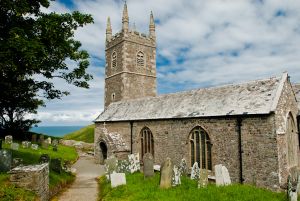





 We've 'tagged' this attraction information to help you find related historic attractions and learn more about major time periods mentioned.
We've 'tagged' this attraction information to help you find related historic attractions and learn more about major time periods mentioned.